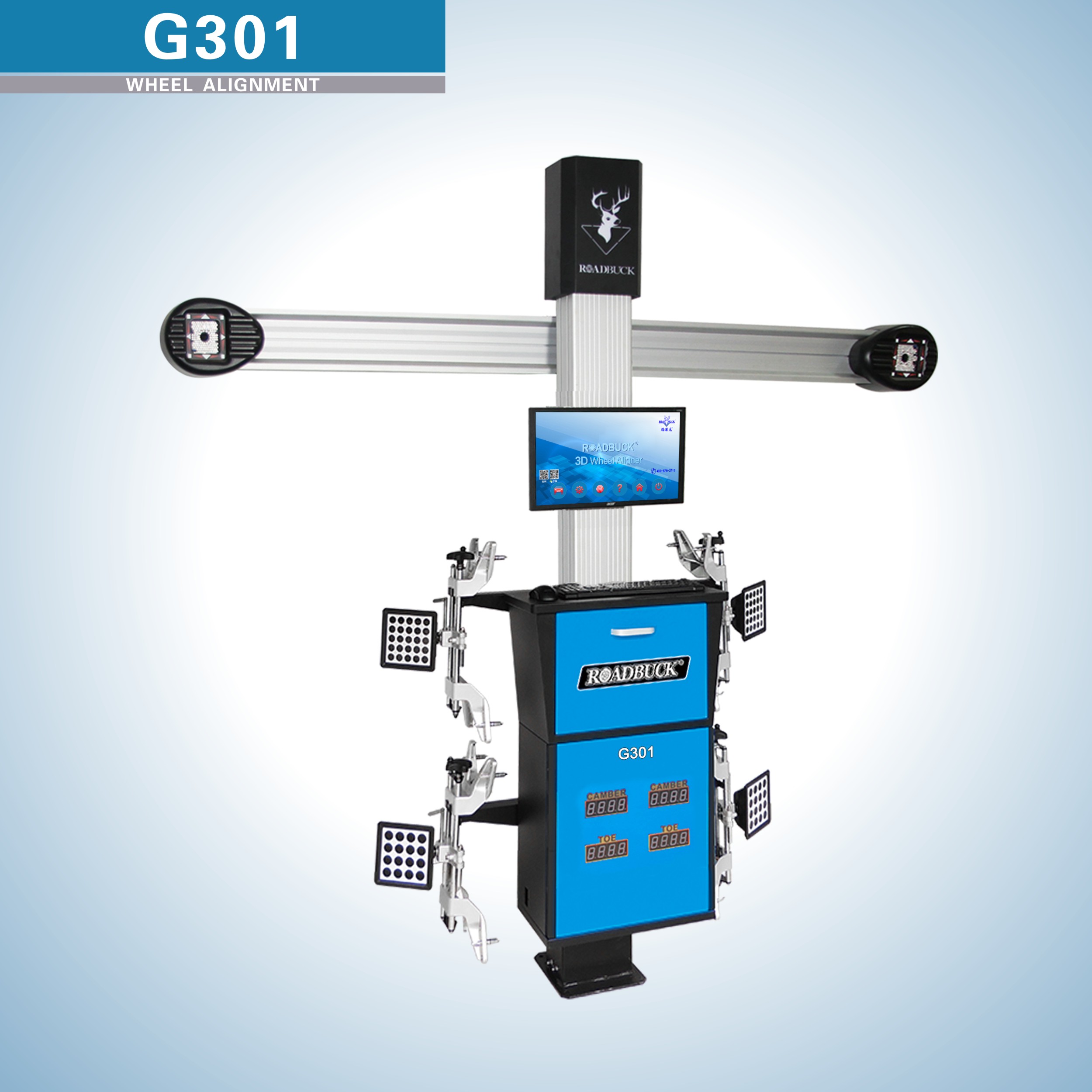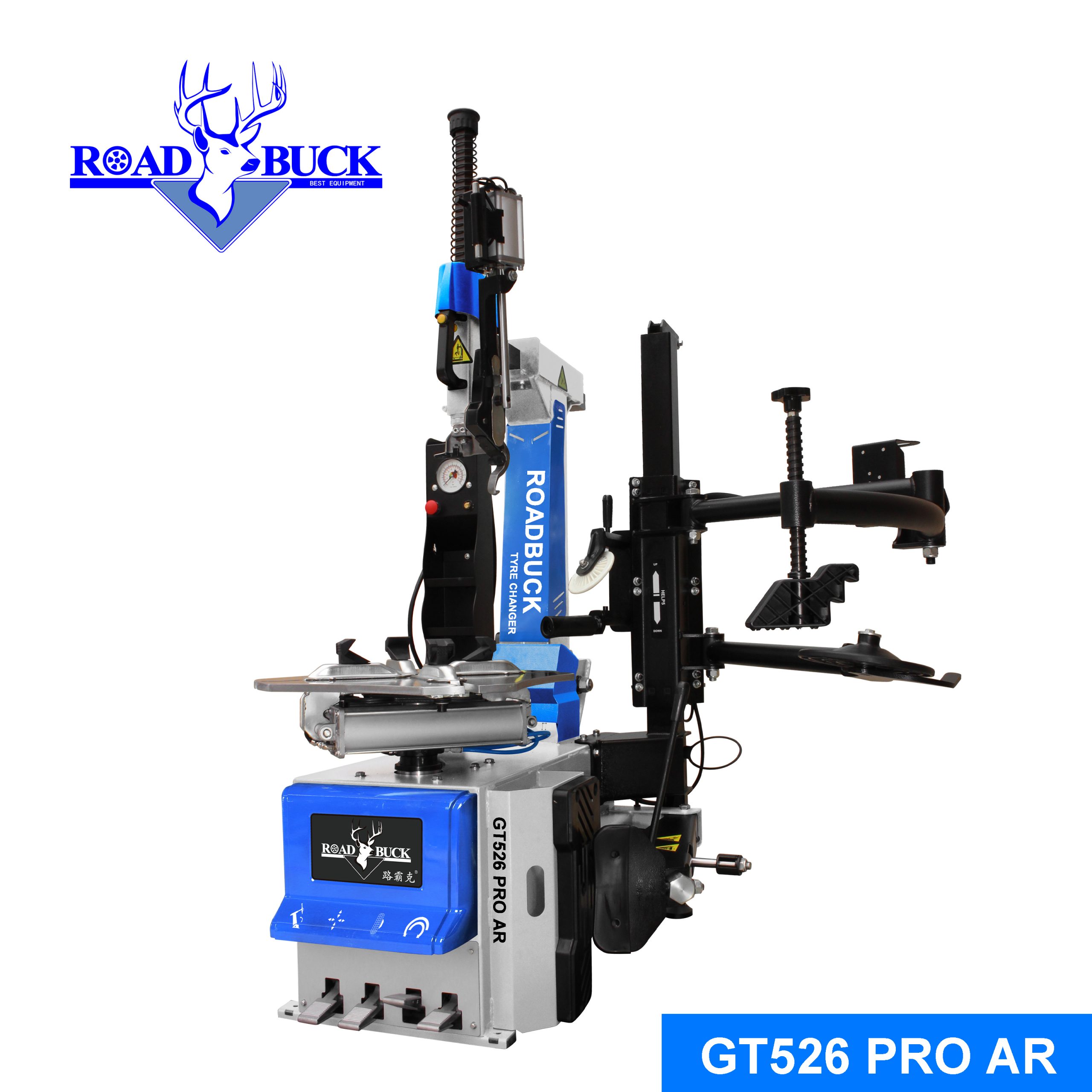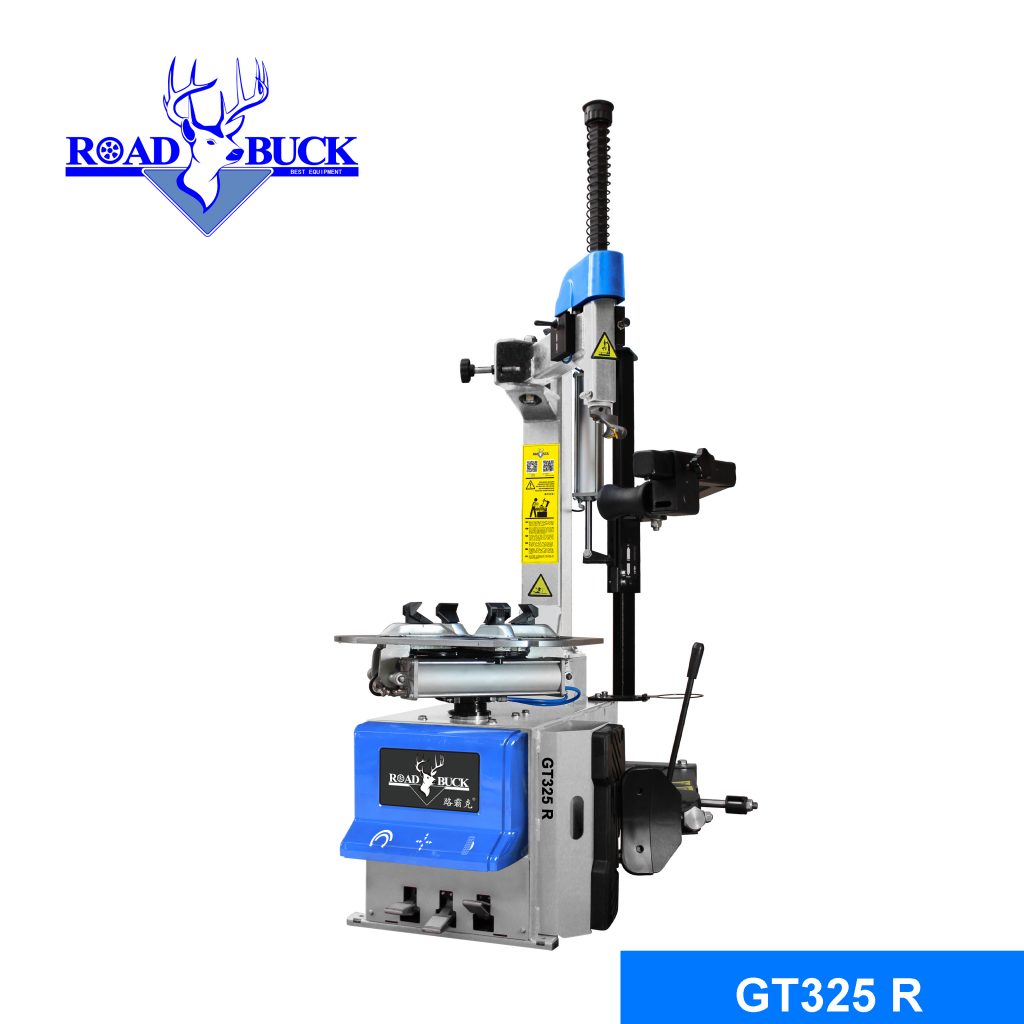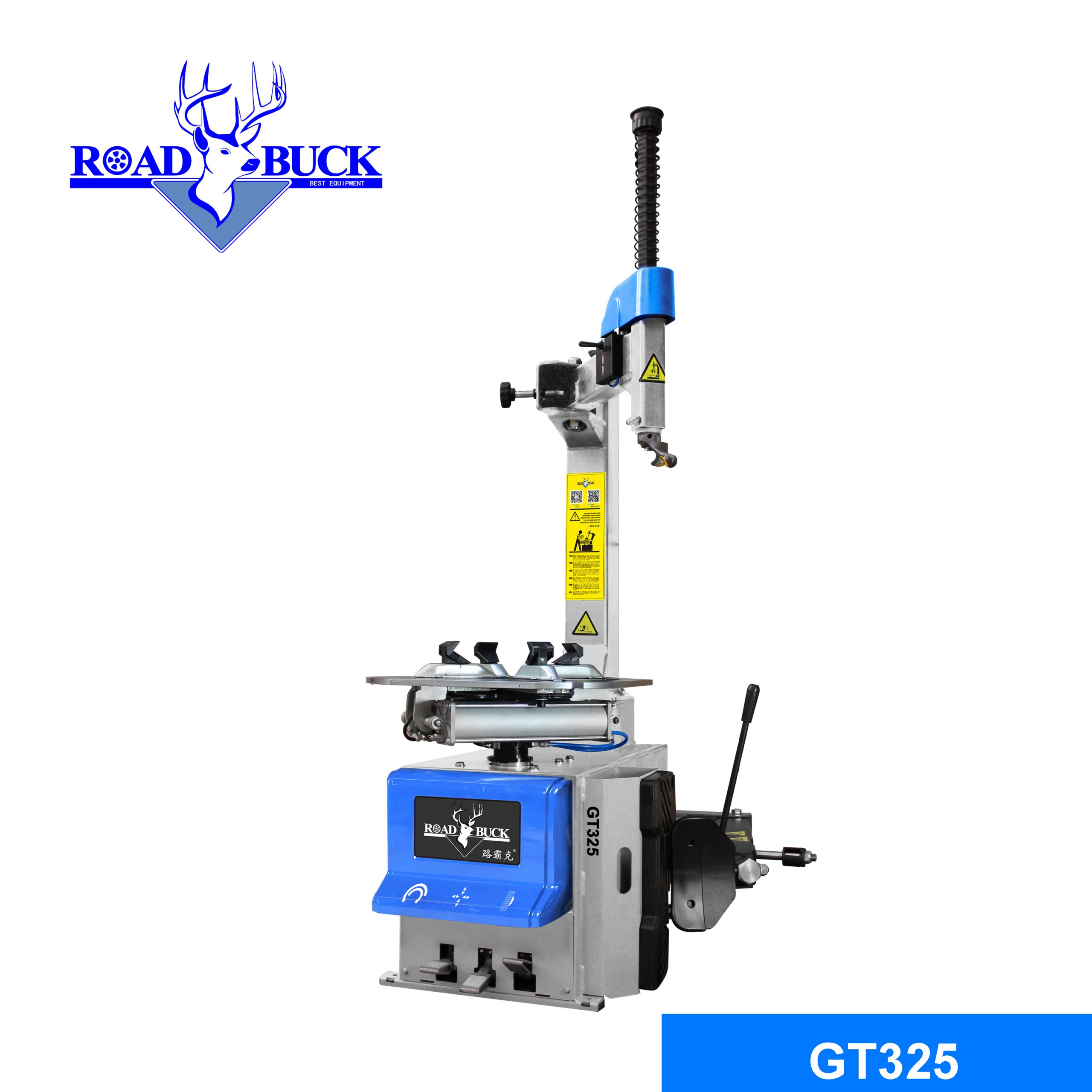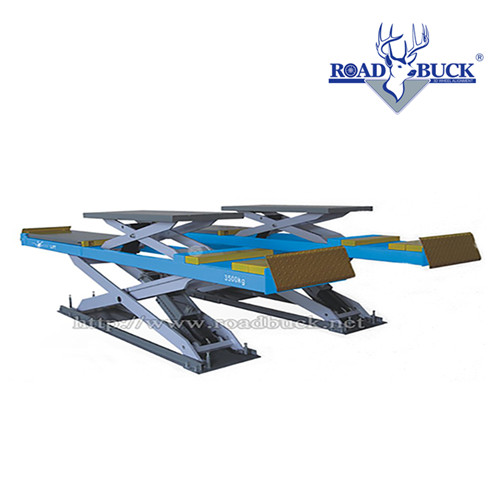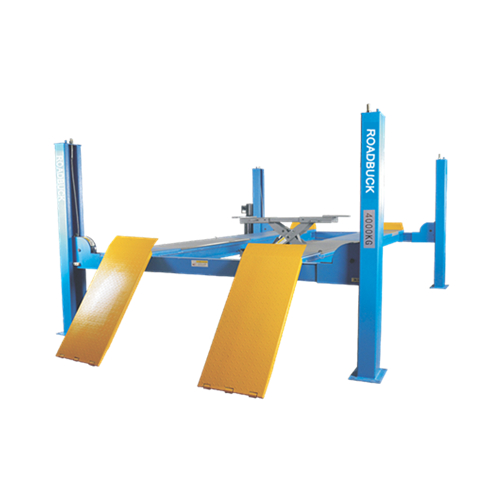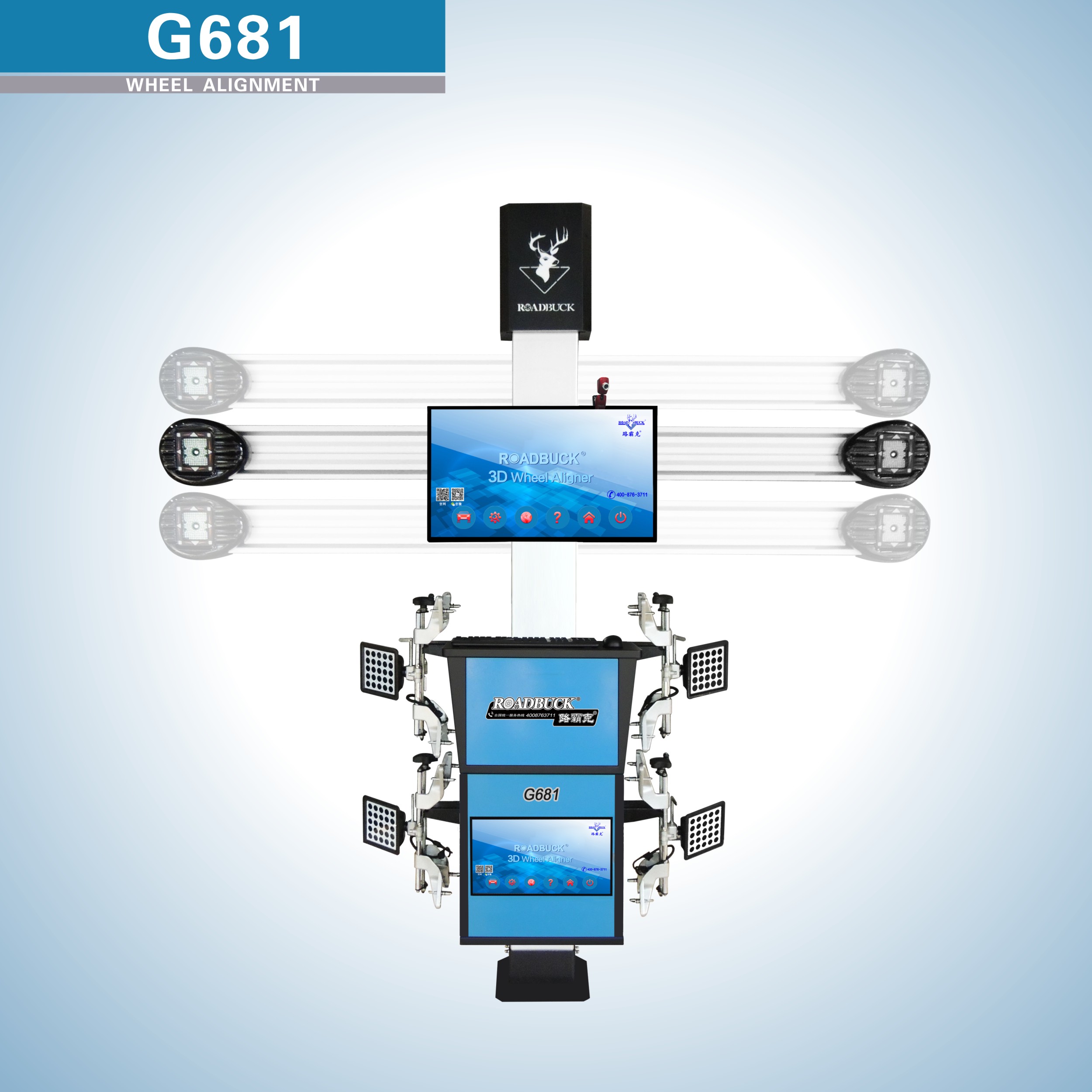2 post base plate car lifts are relatively easy to install. They require a flat floor and a solid concrete base for bolting. A thick steel plate sits approximately one inch off the ground to cover the hydraulic lines and electrical cables. While this low ramp is easy to drive over, it can make it difficult to move a dolly, jack, or transmission hoist between the columns.
While the baseplate might support the columns when the lift is loaded with a vehicle, the floor bolts holding the columns in place are extremely important. That’s because as you lift a vehicle, the two columns want to bend in towards each other, putting high amounts of stress on the outer anchor bolts.
One advantage of 2 post base plate car lift is that an overhead cross member doesn’t limit the height. The maximum height of your lift will be dictated by the capacity and design of the lift, the height of the columns, and the space under your ceiling. However, a baseplate-type two-post lift can accommodate tall vehicles with bed caps, light bars, roof racks, and other roof-mounted features.
One disadvantage for 2 post base plate car lift is that transmission work is made more difficult. When working on a car’s transmission, it cannot be easy to roll the transmission jack over the baseplate itself. In this case, if you are a business that often does transmission work, we recommend a two-post overhead lift.
An overhead lift with the same lift capacity as a comparable baseplate lift will offer more excellent stability, thanks to the added strength and support of the overhead cross member. As you load the lift, the columns want to lean in towards each other. The overhead support resists this bending, putting less stress on the column anchor bolts.
An additional advantage of the overhead style of two-post auto lifts is that there is no obstruction on the ground. If you spend a lot of time under a vehicle on the lift — either on a rolling dolly or with a jack — you'll appreciate the clear, open floor space. When there's no vehicle on the lift, it's also easier to use the space between your lift than the baseplate model, with its low but sometimes intrusive steel plate.
If you plan to lift tall vehicles (like trucks and vans), you must choose an overhead lift with enough height. Because the overhead cross member is fixed, you will always be limited to that maximum height. Any hydraulic hose service and maintenance will mean climbing up a ladder to access the overhead portion, which can be less convenient than with baseplate models and their hydraulic hoses running along the ground under the plate.
RoadBuck has been offering a broad range of auto lifts for professional and individual garages for many years. We’re proud of the performance, quality, and reliability of our lifts and are confident we have a lift that suits your needs.




 English
English русский
русский Portugal
Portugal España
España
